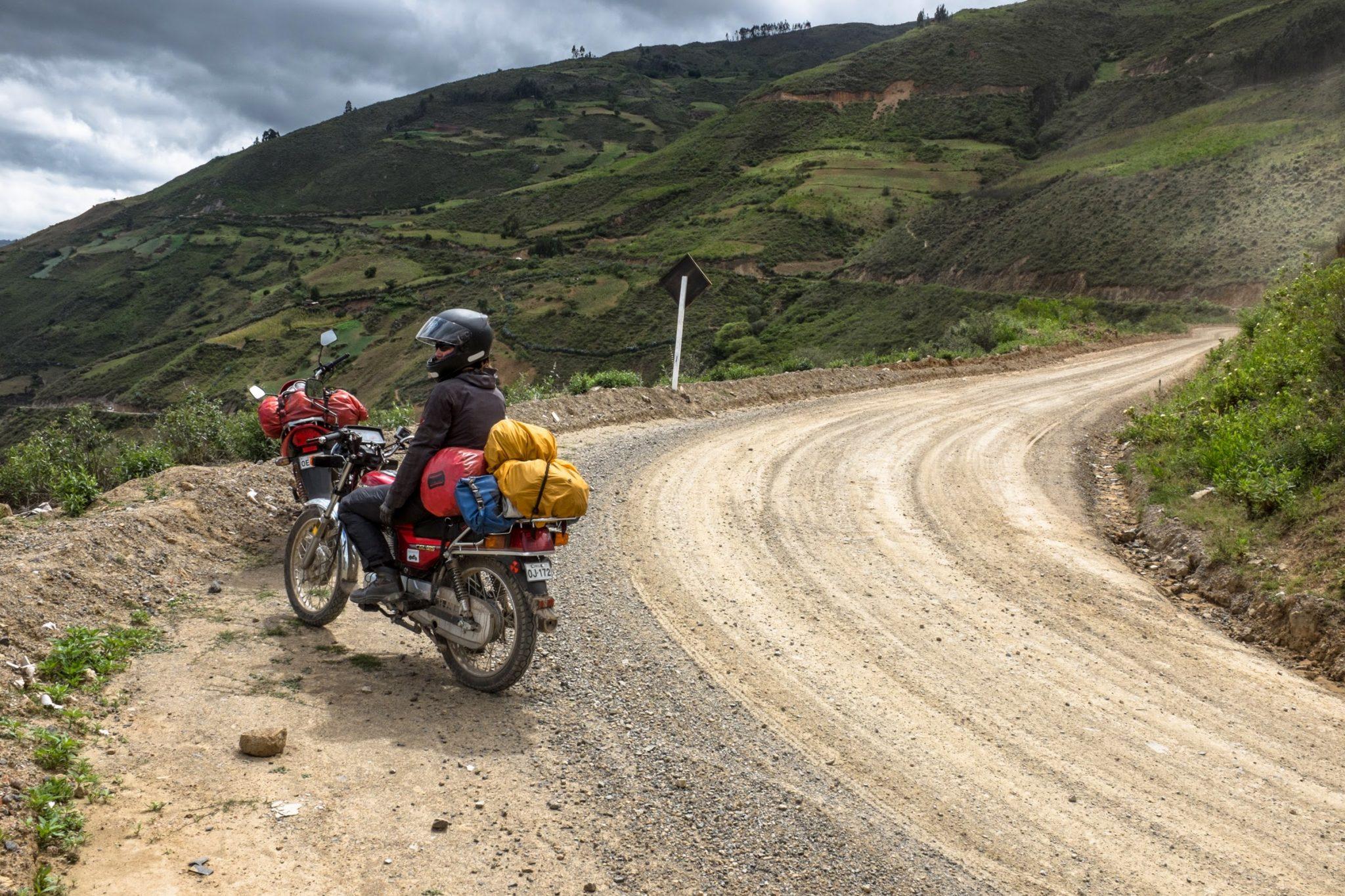
BY ELISA WIRKALA
2012 was a hard year. Work was exhausting, and my $30,000 in school debt would have been challenging enough to manage on its own. Pair that with being a middle school teacher making a meager wage in an expensive city and it was downright depressing. Things didn’t bode well for my adventure needs. As my 30th birthday approached, I didn’t think there was any way of avoiding a long career as a full-time school teacher. Five, maybe ten more years to pay off that debt… Stacks of ungraded papers, germy desks and utter fatigue were my future, no matter how badly I wanted to hit the road.
Or so I thought.
But with the stress of a particularly difficult year building, something shifted in my psyche. I couldn’t do it; I wouldn’t do it. I was young and hard-working. I had a big mortgage, but no kids to support, no husband to stay home for. With some determination, hard work, and grit, maybe I could make my travel dreams a reality. I wouldn’t know until I gave it my all.
Fast-forward a year: I was free of school debts and traveling 20,000 miles across the Americas on a Honda CGL 125. My house was building equity while renters paid my mortgage and bills. There was even a little extra for my travels and taxes.
Debt-free, fun-employed and traveling across the world; I’d made my pipe dream a reality, and it wasn’t nearly as hard as I’d expected.
The secret? A simple shift in perspective: I learned which purchases made me happy, and which didn’t.
Finances can be tricky to manage. While we can decide to commit ourselves to a cause or goal, we can’t as easily decide to have more money on a whim. If you’re like the majority of people, you have to work for it. The problem usually exists with the relationship between earning and spending: The more we earn, the more we spend. It’s this spending habit we need to get under control, and quickly, to achieve our goals.
Learning when not to spend money is hard, until you’ve had a bit of practice. Learning what buys you real inspiration and happiness is even more challenging. Because that’s what it comes down to: you either buy stuff, or you buy time and experiences. Few can have both.
What follows are a few tips to help get you started in thinking more critically about your finances, and learning to control the illogical spending impulse with which most of us have been raised. Once you’ve learned to control the swipe of the credit card, you’ll be able to better differentiate what’s worth it, and what isn’t.
Full disclosure: I have no PhD in financial management, no research articles have been published with me as a contributing author. My advice is experiential, not objective truth. I’ve only kicked ass at making the most of my meager finances over the years. So, dear reader, I share with you three keys to a healthier relationship with your wallet.
1) Time is a precious commodity. Learn the true cost of your time, by going to your local library and getting Your Money or Your Life by Vicki Robin and Joe Dominguez. Every dollar you make costs you time. If you make $20 an hour, and you want a motorcycle that costs $15,000, you’ll need to spend 750 hours of your life for that bike (over four months). A $100 pair of gloves costs you five hours of your life. When you consider the true cost in hours of your time, is the item still worth it? Sometimes it is, sometimes it isn’t. It’s a personal question, and only you know the answer.
2) Listen to financial guru Mr. Money Mustache and stop thinking about costs as a per-day expense. A coffee that costs $5 every day doesn’t seem like a lot, until you calculate it over a whole year. Is $1,800 in coffee every year worth it to you? How about $9,000 in five years? $18,000 in ten years? Home-brewed coffee suddenly looks more appealing. This same principle should be used to decide on all sorts of things from outings to bills to specialty grocery items. Start by making a list of your expenses, and do the math.
3) Listen to your happiness indicator, or your gut instinct, when making a purchase. We all have one. When you whip out your credit card for a $5 coffee that you just found out is costing you $1,800 a year, how does your gut feel about it? Good? Bad? Thirsty? Listen to that voice, and cut the things that don’t feel good. Limit other expenses to times when the money spent buys you maximum contentment (Think: treating a friend to a good meal, or a relaxing coffee sess with a book). After all, frugal doesn’t mean cheap.
Sometimes purchases are unavoidable. Helmets get old and need to be replaced with new ones. Personal safety issues aside, the world is filled with high quality used gear (note: the world is also filled with low quality used gear, so use caution). Help your wallet, and the environment, by purchasing previously-loved items like rain gear or saddlebags.
Once you know the real costs of items as measured in dollars and hours, things start sorting themselves out. All it takes is a bit of practice and a shift in perspective. You’ll learn to live without some of the less-impactful frivolities, all while growing your savings for what really matters: buying happiness, not stuff. Because while you might regret buying those designer sunglasses you just dropped from a moving motorcycle, no one regrets fulfilling a dream.
Have any good savings tips? Post them in the comments below, so we can all continue to learn.
